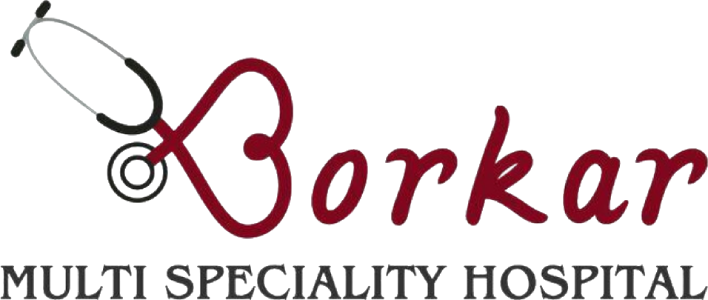Laparoscopic hysterectomy
A Comprehensive Guide to Laparoscopic Hysterectomy
Laparoscopic hysterectomy is a minimally invasive surgical procedure to remove the uterus. This advanced technique has transformed gynecological surgery, offering numerous benefits over traditional open surgeries. Whether you’re a patient exploring treatment options or a healthcare professional seeking information, this guide delves into the intricacies of laparoscopic hysterectomy, its advantages, recovery process, and more.
Understanding Laparoscopic Hysterectomy
In a laparoscopic hysterectomy, surgeons use small incisions and specialized instruments to perform the operation. A laparoscope, a thin tube with a camera and light, allows the surgical team to view the internal organs on a monitor. This approach is precise and significantly less invasive than traditional abdominal hysterectomy.
Types of Laparoscopic Hysterectomy
- Total Laparoscopic Hysterectomy (TLH): The entire uterus, including the cervix, is removed using laparoscopic techniques.
- Laparoscopic-Assisted Vaginal Hysterectomy (LAVH): Combines laparoscopic and vaginal methods for uterus removal.
- Supracervical Laparoscopic Hysterectomy: Only the upper part of the uterus is removed, leaving the cervix intact.
- Robotic-Assisted Laparoscopic Hysterectomy: Utilizes robotic technology for enhanced precision and control during surgery.
Indications for Laparoscopic Hysterectomy
Laparoscopic hysterectomy is recommended for several medical conditions, including:
- Uterine Fibroids: Noncancerous growths causing pain, heavy bleeding, or pressure.
- Endometriosis: Tissue similar to the uterine lining grows outside the uterus, causing pain and infertility.
- Chronic Pelvic Pain: Persistent pain unresponsive to other treatments.
- Adenomyosis: Uterine wall thickening leading to pain and heavy bleeding.
- Gynecological Cancers: Early-stage uterine, cervical, or ovarian cancers.
- Prolapse: Uterus descending into the vaginal canal due to weakened pelvic muscles.
Benefits of Laparoscopic Hysterectomy
Compared to traditional open surgery, laparoscopic hysterectomy offers numerous advantages:
- Minimal Scarring: Small incisions result in less visible scars.
- Reduced Pain: Postoperative discomfort is significantly lower.
- Shorter Hospital Stay: Many patients go home the same day or within 24 hours.
- Faster Recovery: Patients can return to normal activities within a few weeks.
- Lower Infection Risk: Smaller incisions reduce exposure and infection risk.
- Improved Cosmetic Outcomes: Tiny incisions are less noticeable compared to large abdominal cuts.
The Procedure: What to Expect
Preoperative Preparation
- Medical Evaluation: Comprehensive health check, including blood tests and imaging.
- Medication Management: Adjustments to current medications, such as blood thinners, under medical guidance.
- Fasting: Avoid food and drink for a specified period before surgery.
- Informed Consent: Understanding the procedure, risks, and benefits before giving consent.
During Surgery
- Anesthesia: General anesthesia ensures the patient is asleep and pain-free.
- Incisions: Small incisions (usually 3-4) are made in the abdomen.
- Laparoscope Insertion: The laparoscope provides a detailed view of the pelvic organs.
- Uterus Removal: Specialized instruments remove the uterus through one of the small incisions or the vaginal canal.
- Closure: Incisions are closed with sutures or surgical glue.
Postoperative Care
- Monitoring: Initial recovery in the post-anesthesia care unit (PACU).
- Pain Management: Medications to alleviate discomfort.
- Diet: Gradual reintroduction of food and liquids.
- Activity: Encouragement to walk soon after surgery to prevent blood clots.
Recovery Process
Recovery after laparoscopic hysterectomy is typically quicker than open surgery. Here’s a general timeline:
- First Week: Rest and light activities. Avoid lifting heavy objects.
- 2-4 Weeks: Gradual return to routine activities. Follow up with your doctor.
- 4-6 Weeks: Full recovery for most patients.
Tips for a Smooth Recovery
- Follow Medical Advice: Adhere to your doctor’s instructions.
- Stay Active: Gentle movement aids recovery.
- Healthy Diet: Nutritious foods promote healing.
- Avoid Smoking: Smoking can delay recovery and increase complications.
- Attend Follow-Ups: Regular check-ups ensure proper healing.
Risks and Complications
While laparoscopic hysterectomy is generally safe, potential risks include:
- Bleeding: Uncommon but possible during or after surgery.
- Infection: Rare and often manageable with antibiotics.
- Organ Injury: Damage to nearby structures, such as the bladder or intestines.
- Anesthesia Risks: Complications related to anesthesia, though rare.
- Blood Clots: Prevented through early mobilization and medication.
Frequently Asked Questions (FAQs)
1. How long does the surgery take?
- Typically, 2-3 hours, depending on the complexity.
2. Can I still conceive after a hysterectomy?
- No, since the uterus is removed, pregnancy is not possible.
3. Will I experience menopause after surgery?
- Only if the ovaries are removed (oophorectomy) during the procedure. Otherwise, ovarian function continues.
4. Is laparoscopic hysterectomy suitable for everyone?
- Not always. Factors like severe obesity or extensive scarring from previous surgeries may make it unsuitable.
5. What alternatives exist to hysterectomy?
- Medications, uterine artery embolization, or endometrial ablation may be options depending on the condition.
Conclusion
Laparoscopic hysterectomy is a revolutionary approach in gynecological surgery, offering significant benefits over traditional methods. By minimizing invasiveness, it ensures quicker recovery, reduced pain, and better outcomes. If you’re considering this procedure, consult a qualified gynecologist to determine if it’s right for you. Remember, being informed is the first step towards making empowered health decisions.

